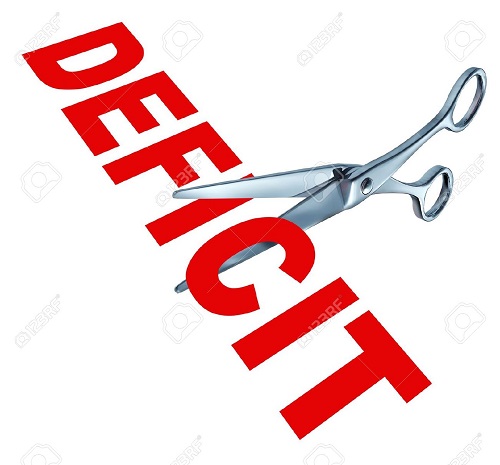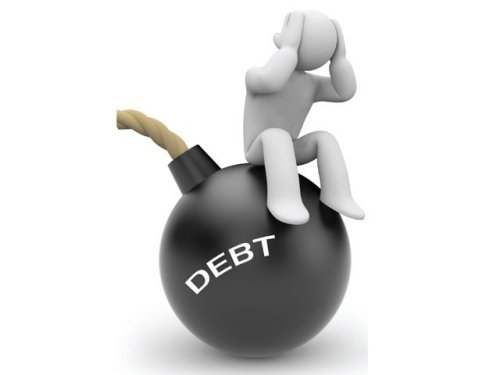Revenue Shortfall Drives Budget Deficit Abnormally High
Source: Vientiane Times
Revenue collection for this fiscal year reached only 95 percent of the annual plan, driving the budget deficit to 6.9 percent of gross domestic product (GDP), higher than the maximum of five percent usually adopted by the government.
Economists have warned that such high deficits will increase public debt, with the country having already accumulated considerable debt that will eventually trigger budget tensions.
The budget collection for the 2015-2016 fiscal year that ended in September fell short of the target, despite the national budget plan being adjusted to see lower revenue and spending from the original targets set, a report revealed recently.
In April this year, the National Assembly passed the government’s proposal to adjust the budget plan. The adjustment came as the government realised it was hard to meet the original targets after revenue collected during the first six months failed to meet the target.
The adjustment reduced revenue collection from the original annual target of 26.159 trillion kip to 23.7 trillion kip while expenditure was adjusted down from 31.946 trillion kip to 31.118 trillion kip.
However, only 95 percent of the adjusted plan of 23.7 trillion kip was collected throughout the year, Head of the Economic and Finance Policy Division of the Ministry of Finance, Ms Sifong Oumavong told a recent meeting.
She reported on the budget plan’s implementation at the macroeconomic consultation meeting between the government’s relevant sectors and development partners held recently.
Some 95 percent of the total collected revenue was domestic revenue, which represented only 18 percent of GDP, Ms Sifong said.
While revenue collection failed to meet the target, Ms Sifong added that the government, however, was unable to cut spending further during the last six months of the fiscal year after more than a trillion kip of spending was cut during the first six months.
She explained that all spending as indicated in the adjusted budget plan was necessary therefore it could not be cut further, saying that the spending was for the salaries of civil servants and regular administration costs for state departments.
To balance the deficit, finances will be sourced through loans from development partners and domestic sources as well as issuing bonds, Ms Sifong said. An independent economist, Dr Mana Southichak warned the government to be careful in managing debt and deficit, noting that the current 6.9 percent deficit is high – higher than the five percent which the International Monetary Fund recommends a country should not exceed.
“If it [budget deficit] is higher than the five percent threshold, there will be pressures on macro-economic stability,” he told Vientiane Times on Friday.
However, Dr Manna added that the threshold could be flexible in case a country has clear additional revenue sources in the years to come, which will enable the country to collect sufficient revenue to fulfill spending needs including repaying debt. Dr Mana suggested that borrowing or issuing bonds to balance the deficit must be done with the assurance that the government is capable to repay the debt. If not this will put more pressure on Laos, which has already accumulated considerable debt.
He also warned that increasing money supply greater than the real economic need to repay debt will also increase inflation that will create other problems for the economy.
Director General of National Economic Research Institute, Dr Leeber Leebouapao agreed that borrowing or issuing bonds should be made in line with the capability of debt repayment.
He suggested the need to find way to cut spending in the years to come, particularly in case only short term loans are given as it hard to repay significant sums in a short period of time.
Given that the interest rate for bonds is higher than for loans, Dr Leeber warned that issuing bonds means more debt will be created.
Next fiscal year, which will be shifted to begin in January, the government expects to increase revenue collection by 10 percent compared to the 2015-2016 fiscal year.



